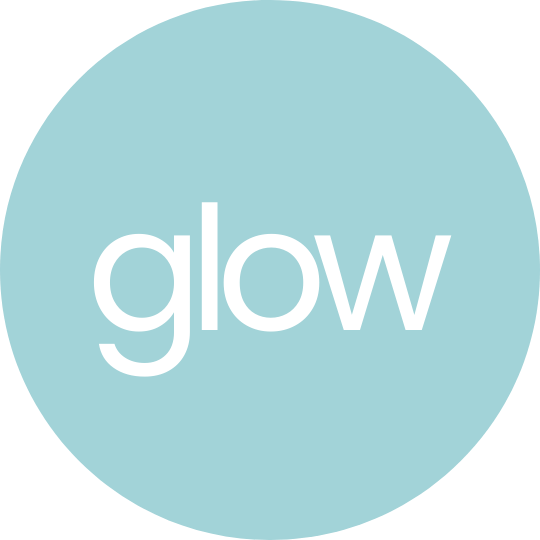The moder word, ‘aromatherapy,’ is a term developed in the 1930’s by French chemical engineer Rene Maurice Gattefosse. It is a term used to describe the therapeutic use of various natural oils. However, the use of the essence or essential oils that could be distilled or pressed from various flowers and herbs was studied for hundreds of years prior to this term. In fact, use of aromatherapy, as we know it today, dates back thousands of years. Civilizations such as ancient Egypt, China, Israel, India, Greece and the Roman Empire all indicate use of such valuable oils.
In a world filled with harsh chemicals and invasive medical procedures many have turned to the ancient use of aromatic oils for their many uses and benefits. These powerful essential oils offer a non-invasive and enjoyable way of maintaining health. In addition they may be used in place of harsh chemicals as cleaning agents and replace toxic chemical scents with beneficial, natural aroma. The benefits of aromatherapy oils are obvious. We have long known that topically applied or inhaled substances enter our bloodstreams. Thus many medications are administered via epidermal patches or as inhalants. Add to this the fact that essentials oils are highly concentrated. Often described as the ‘lifeblood’ of the plants, one small ounce of essential oil may take many pounds of the actual plant. For this reason, we never apply them directly to the skin without a carrier oil.
There are many carrier oils that work well with essential oils. Among them are such oils as sweet almond, jojoba, soybean, sunflower, and apricot oils as well as many others. Generally only a few drops of the powerful essential oils are needed in an ounce of oil. Each essential oil has its own unique set of properties, including its own therapeutic uses. At present there are many textbooks available that are very useful in experimenting for the first time with essential oils. Several of these are listed in the reference section at the end of this manual. Reading these will educate you on the various uses of essential oils.
So how do you determine what essential oils to use? First we must determine the needs of our client. Do they desperately need to relax? Are they currently detoxifying their system? Do they just want to feel refreshed and renewed after a long week? Begin by consulting with them as to which oils they would prefer. For Integrated Hot Stone Therapy we will discuss these three major classifications-relaxing, detoxifying and rejuvenating essential oils. There are many other indications for aromatherapy. However, these basic categories will cover the needs of many of our clients. A word of caution, always remember to ask your clients about allergies they may have to herb or essential oils before using them. Although this is rare with essential oils, it is a necessary precaution. The following information will aid you in selecting appropriate oils. By remembering just these few essential oils you will better be able to assist your clients.
Relaxing- Many essential oils are classified as relaxing. Probably most of us are familiar with lavender and may already be using it. Indeed, relaxation is one of the main reasons why our clients come to see us. So essential oils that are relaxing are a perfect complement for our therapeutic treatments. Oils that may be used to aid in relaxation include: Lavender, Chamomile, Vanilla, Sandalwood, Bergamot, Orange, Patchouli, Rose and Clary Sage
Detoxifying- Increasing numbers of people are interested in detoxifying their bodies. Our systems process more toxins than ever. The following essential oils may be helpful in the detoxification process: Cypress, Grapefruit, Lemon, Lime, Geranium and Juniper Berry
Rejuvenating- So many of our clients deal with chronic stress. Many would like a way to feel uplifted without resorting to caffeine. Aromatherapy is a wondeerful way to refresh the mind and feel energized without taxing the nervous system. The following essential oils also increase circulation to the tissues, benefiting fatigued muscles: Peppermint, Spearmint, Eucalyptus, Rosemary, Ginger and Lemongrass






